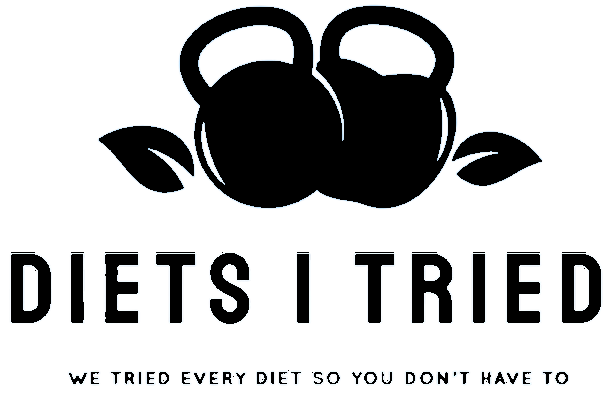If you’re new to the gym, you’ll quickly find out that fitness is chock full of jargon. In fact, to the uninitiated, gym junkies might as well be speaking another language. Say you have a bootcamp class for AMRAP. On your way there, you hear a man at the squat rack boasting about a one rep max. Taking a short break before attempting your next set of dips, a woman approaches and asks to “work in” on your assisted dip machine. With a friendly smile, she asks, “Is it tri and chest day for you, too?”
Like a deer caught in the headlights, you stare at her, thinking, “Are my triceps meant to have a special day?” Seconds stretch into minutes as you try to come up with an answer. First and foremost, rest assured that this woman isn’t speaking in tongues. She’s just asking about your workout split.
What Exactly is a Workout Split?
Basically, a workout split is how you decide to divvy up your workout time between particular muscle groups. For many new to strength training, this concept is a source of confusion. Many of the world’s most famous fitness programs focus on training every muscle in every workout. For those with little fitness exposure, the idea of dedicating an entire workout to one muscle group seems strange, even outdated. It’s this splitting, however, that helps carve your muscles into the shapes you want. After all, even your muscles need rest.
What Workout Split Is Right For Me??
Whether you’re new to the weight room, or a grizzled veteran, there’s a workout ratio that meets your needs.
Full body workout: The full body workout is ideal for beginners. I recommend starting your workout on a cycle of two to three days per week, making sure to allow a day of rest between each workout. This holistic routine allows you to build a solid foundation. Use your time in full body training to master basic, but functional, movements: lunges, push-ups, squats, and planks.
Uppers and Lowers: Once you’ve mastered the basics, you can step up your fitness routine. While you continue to rely on basic exercises, such as push-ups and squats, this workout split requires that you jump between them. Alternate workouts so you can train both your lower and upper body over a fortnight. If you’re short on time, try throwing in a few giant sets (four to five exercises done circuit style).
Push, Pull, and Legs: This workout split focuses less on individual muscles and more on muscle function. For example, doing push-ups on push day will help workout your triceps, core, and chest. This workout is perfect for playing “catch-up”. If any part of your body is lagging behind, you can add a fourth day to the gym and focus exclusively upon it. Do you need better posture? Work on your lower back and rear deltoids. Or, are you more interested in getting a killer backside? If so, devote that extra day to your glutes.
Body Part Per Day: The set-up for this one is simple. You devote each day to certain body parts. Arms, have their own day. Your shoulders, legs, chest, and back also get their own time to shine. You can also mix it up a little bit: Abs can be added to chest or shoulder day. Your legs might receive double attention. While you’ll spend more time at the gym using this split, it will ensure that you give your body ample amounts of rest. By focusing on one muscle group at a time, you’ll promote greater definition and strength. Combine this split with a clean diet and three to four days of cardio for best results.
Just remember, strength training’s magic happens when you’re resting. It’s only during recovery that your muscles repair themselves and grow stronger. So, don’t overdo it. If you work on every body part, every day, you may actually derail your progress. Always use a workout split that fits your schedule and goals. Otherwise, you’ll just make it harder for yourself.
Try to enjoy your time as a beginner. It won’t last. Don’t fret too much about the lingo yet. In time, you’ll impress your gym-going compatriots with your commitment and dedication. And, before you know it, you’ll be fluent in ‘gym rat’.

Leave feedback about this
You must be logged in to post a comment.